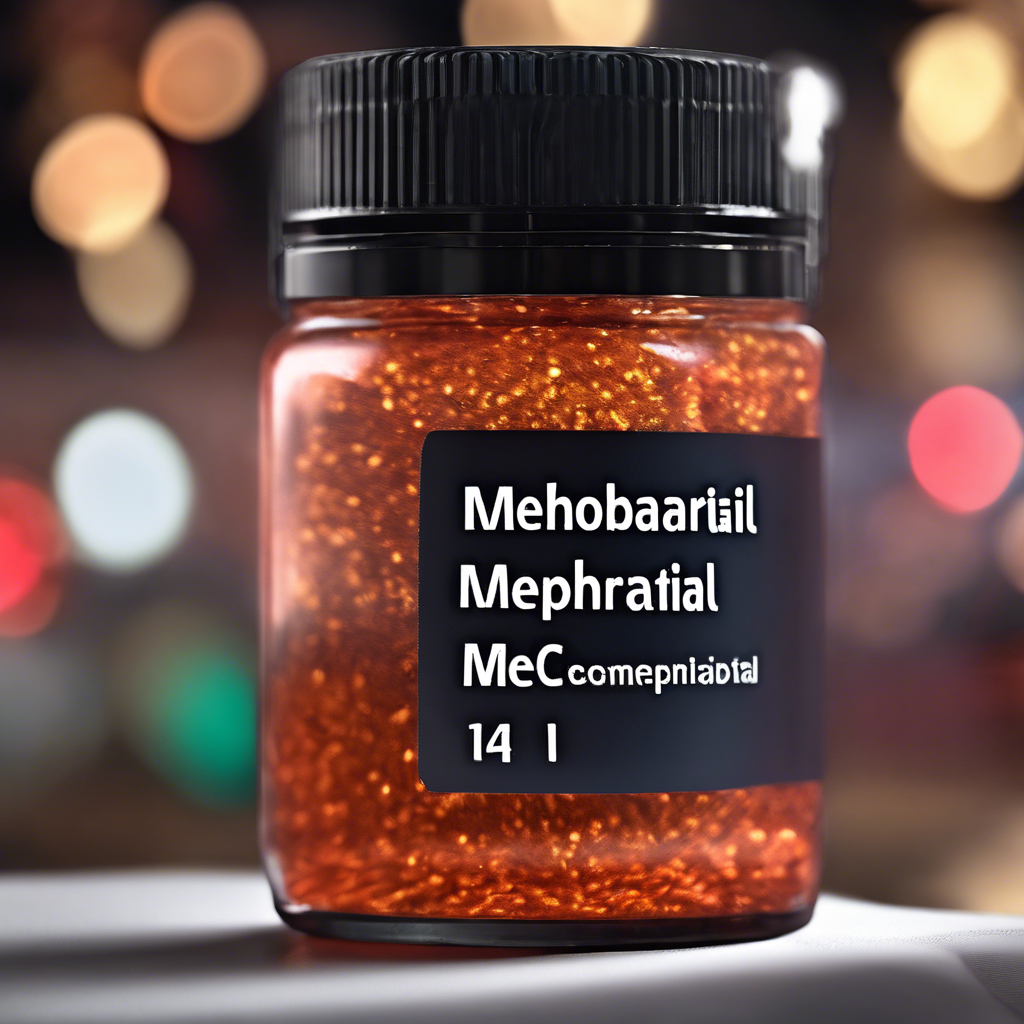|
Name: Methylphenobarbital (mephobarbital)
Type: Barbiturate
AKA: Mebaral, mephobarbital

|
|
II. Natural Derivative
Synthetic substance, no natural derivative

|
|
III. Chemical Profile (IUPAC name)

|
|
IV. History
Methylphenobarbital, also known as Mephobarbital, is a barbiturate developed in the mid-20th century. It was used for its sedative and anticonvulsant properties but has been largely replaced by other medications due to concerns about addiction and overdose.

|
|
V. Legal Information
Methylphenobarbital (Mephobarbital) is a barbiturate used for its sedative and anticonvulsant properties. It is controlled under barbiturate laws due to its potential for abuse. [Source: UNODC].
US Federal Schedule - IV
Schedule IV drugs, substances, or chemicals are defined as drugs with a low potential for abuse and low risk of dependence. Some examples of Schedule IV drugs are: Xanax, Soma, Darvon, Darvocet, Valium, Ativan, Talwin, Ambien, Tramadol.
Key US Federal Policies:
Controlled Substances Act. Public Law: Public Law 91-513 (text can be found on GovInfo) (https://www.dea.gov/drug-information/csa). Date enacted: October 27, 1970.
|
|
VI. Physical Effects
Methylphenobarbital, also known as Mephobarbital, is a barbiturate used for sedation and epilepsy. It causes sedation, reduced heart rate, and constricted pupils. Short-term use effectively manages seizures and anxiety, while long-term use may lead to dependence and cognitive impairment. Overdose risks include severe sedation and respiratory depression. Safe use requires careful dosing and medical supervision. Recent research emphasizes its efficacy in seizure management and associated risks with long-term use.  |
|
VII. Psychological Effects
Methylphenobarbital (Mephobarbital), a barbiturate, affects GABA receptors, leading to sedation and mood changes. Immediate effects include relaxation and drowsiness, lasting several hours. Long-term use may result in cognitive impairments, dependence, and mood disturbances. Research highlights its sedative properties and associated risks of cognitive effects and psychological dependence.
 |
|
VIII. Culture
Methylphenobarbital, also known as mephobarbital, is a barbiturate used for its sedative and anticonvulsant properties. Its cultural significance reflects its role in treating seizures and its historical use in medicine. Media coverage often addresses the risks of barbiturate use, including dependency and overdose. Methylphenobarbital is used medicinally and is part of broader discussions about seizure management and the evolution of sedative treatments.
 |
